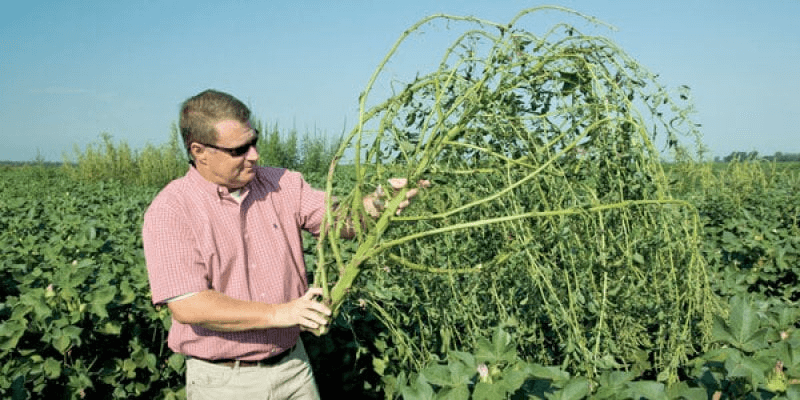A gene drive – a bit of DNA that cheats evolution and can spread even if harmful – has been successfully tested in a plant for the first time. The approach could be used to wipe out invasive plants and superweeds without harming other species, so could therefore reduce the use of herbicides. It could also help save species by spreading genes that make them resistant to diseases or more able to cope with global warming.
Gene drives work by skewing the odds of an organism inheriting a piece of DNA. Most plants and animals have two copies of each gene, meaning there is usually a 50 per cent chance of a particular copy being passed on to offspring. A gene drive could raise that chance to, say, 80 per cent, allowing the genes to spread even if they are detrimental.
What’s more, the technology could be adapted to control weeds without spreading indefinitely. For instance, it could be used to create male plants whose pollen kills off any female offspring. Planting these male plants around farms each year would eliminate that weed species from the fields after a few years by blocking seed production.































